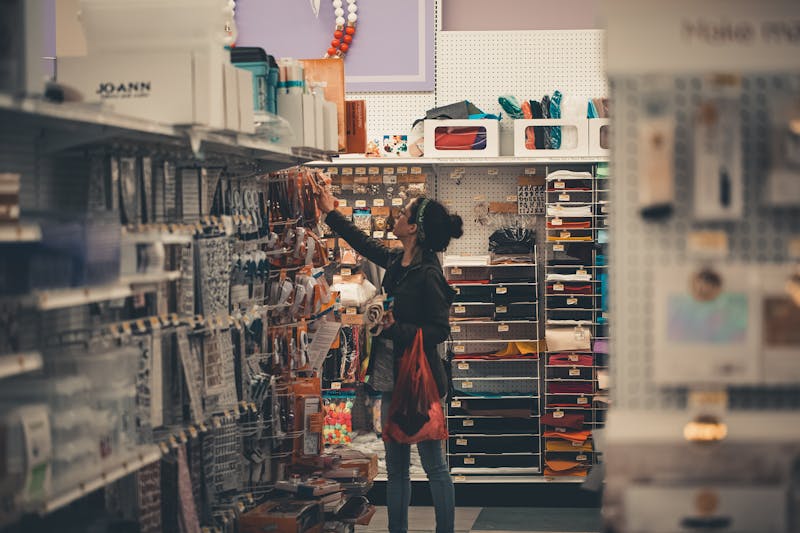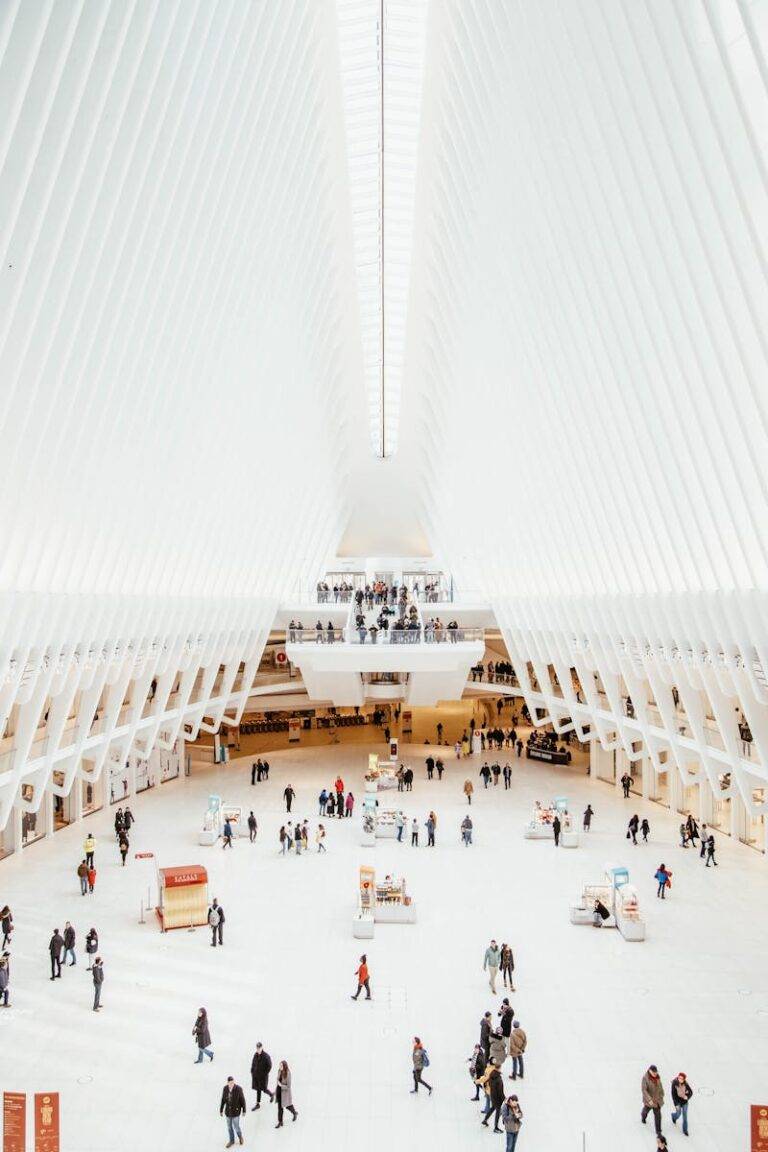Travel Photography: Capturing Memories Around the World
When looking to purchase a camera, it’s essential to consider your specific needs and preferences. One crucial factor to keep in mind is the type of photography you will be primarily engaging in. For instance, if you are a beginner looking to explore the world of photography, a compact point-and-shoot camera may be more suitable for you due to its ease of use and portability. On the other hand, if you are more experienced and interested in advancing your skills, a DSLR or mirrorless camera with interchangeable lenses may be the better option for you.
Another important aspect to consider when choosing a camera is your budget. Cameras come in a wide range of prices, and it’s important to set a realistic budget based on your financial capabilities. While it can be tempting to opt for the latest and most expensive camera model on the market, it’s essential to remember that a higher price tag doesn’t always equate to better quality. Evaluate your needs and choose a camera that offers the features and specifications that align with your photography goals while staying within your budget constraints.
Understanding Composition Techniques
When it comes to photography, composition is key. It is the way in which elements within a photograph are arranged and positioned. By understanding the basic rules of composition, such as the rule of thirds, leading lines, and framing, you can create visually engaging and balanced images.
Experimenting with different compositional techniques can help you find your unique style and perspective as a photographer. Whether you choose to focus on symmetry, patterns, or perspectives, mastering composition will enhance the visual impact of your photographs and make them more compelling to viewers.
• The rule of thirds is a fundamental composition technique that involves dividing the image into nine equal parts with two horizontal and two vertical lines. Placing key elements along these lines or at their intersections can create a more dynamic and visually appealing photograph.
• Leading lines are another important compositional element that can guide the viewer’s eye through the image towards the main subject. These lines can be natural, such as roads or rivers, or man-made, like fences or buildings.
• Framing is a technique where you use elements within the scene to frame the main subject. This adds depth to the image and draws attention to the focal point.
• Symmetry in composition involves creating balance by mirroring elements on either side of an imaginary line. This can create a sense of harmony and order in your photographs.
• Patterns are repetitive shapes, colors, or textures that can add visual interest to your images. By capturing patterns in nature or architecture, you can create striking compositions that draw viewers in.
Mastering Lighting in Different Locations
When it comes to photography, one of the key elements to consider is lighting. The way light interacts with a subject can completely change the mood and impact of a photograph. To truly master lighting in different locations, it’s essential to understand the characteristics of natural light and how to manipulate it to your advantage.
In outdoor settings, the position of the sun plays a crucial role in the lighting of your photos. The golden hour, which occurs during sunrise and sunset, offers soft and warm light that can enhance the visual appeal of your images. To make the most of this lighting, consider the direction of the light and how it falls on your subject to create depth and dimension in your photographs.
How important is lighting in photography?
Lighting is crucial in photography as it can make or break a shot. It affects the mood, tone, and overall quality of the image.
What are some common lighting techniques used by photographers?
Some common lighting techniques include natural light, artificial light, backlighting, sidelighting, and diffused lighting.
How can I improve my lighting skills in different locations?
Practice is key to mastering lighting in different locations. Experiment with different lighting conditions and learn how to adapt to each situation.
What are some tips for choosing the right camera for capturing different lighting situations?
Look for a camera with a wide dynamic range and good low-light performance. Consider the type of photography you will be doing and choose a camera that suits your needs.
How can understanding composition techniques help improve lighting in photos?
Composition techniques such as the rule of thirds, leading lines, and framing can help you position your subject in the best possible light and make the most of the available lighting conditions.






